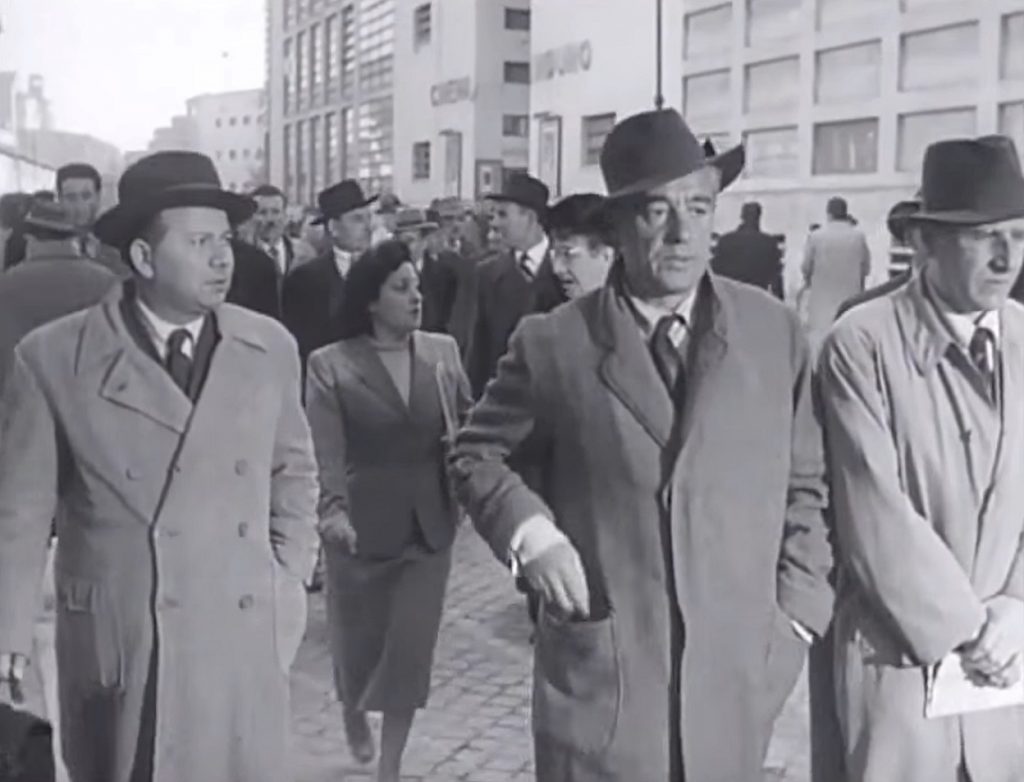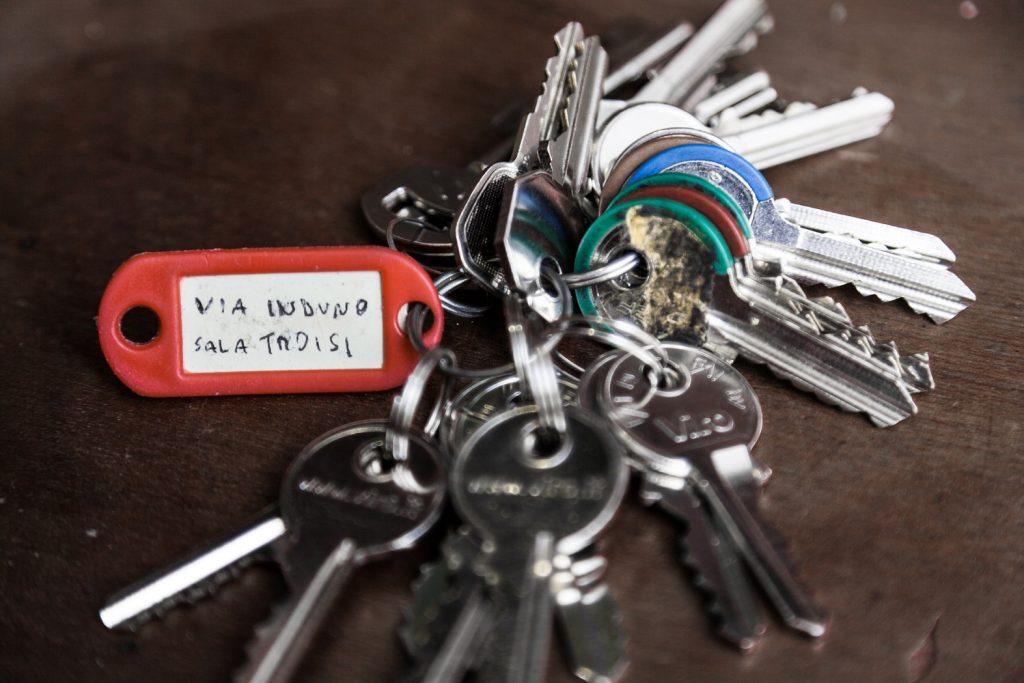
What it Was Like
Cinema Troisi is a historic movie theater located within the former Casa GIL (Gioventù Italiana del Littorio) building, commissioned by architect Luigi Moretti for the Opera Nazionale Balilla and built in 1933. Initially used as a conference and theater venue by the Gioventù Italiana, it later became a parish cinema in the 1950s, with the name Cinema Induno, and appeared in the background of Vittorio De Sica’s “Buongiorno, elefante!” in 1952 directed by Gianni Franciolini. During those years, Induno gained a reputation as a “popular cinema” due to its low ticket prices, especially for children’s shows.
In 1997, with the building already owned by the municipality, Cecchi Gori took over the management and started a relaunch phase. Later, the theater was renovated and dedicated to the actor Massimo Troisi, who had passed away prematurely three years earlier. Some years later, following the failure of Cecchi Gori’s Safin circuit, a company of the Ferrero group took over the management until, in 2013, the theater was permanently closed. On March 6, 2015, Rome Capitale carried out a forced eviction, as it was discovered that the theater was occupied sine titulo and could not actually be acquired through bankruptcy proceedings because it is publicly owned.
The entire GIL structure is currently divided into four different units: the first, owned by the Regione Lazio, houses WE GIL and will soon be home to the Gian Maria Volontè School of Cinematic Art; the second, third, and fourth, owned by Roma Capitale, are dedicated to the Roma Uno Sports Center, the Capitolina Training School, and finally the Troisi Cinema.
The Beginning

Cinema Troisi returned to municipal ownership after the eviction of March 6, 2015 against Mediaport srl of Giorgio Ferrero. The company, and previously Cecchi Gori’s circuit, had managed the theater without any public entertainment license until its closure, which resulted in the dismissal of all employees. The reaction to the eviction was not long in coming. Giorgio Ferrero, manager of the Ferrero group theaters and president of Anec Lazio, announced a “strike” of all the group’s cinemas, while Massimo Ferrero made a statement that remained in history:«They want to take my Troisi to give it to the former occupants of the Cinema America: are we in Russia?».
Following the eviction, in August 2015, the administration of Ignazio Marino published the “Patrimonio Comune” (Common Heritage) call for proposals for cultural initiatives. On April 13, 2016, Piccolo America won the management of the cinema. However, the concession was blocked by appeals to the TAR and the Council of State, advanced by Mediaport Srl of Ferrero and one of the non-winning companies of the public tender.
After overcoming these initial judicial hurdles, the association discovered that the structure, which initially seemed ready for use, after a thorough technical analysis following the assignment, was without any habitability and certification and subject to building abuses by the previous managements. The cinema also required a process of static, urban and building compliance, without which the contract with Rome Capitale could not have been signed.

On January 25, 2018, after regularizing the urban and cadastral position thanks to the dialogue with the Heritage and Urban Planning department, and thanks to the legal advice of lawyer Claudio Giangiacomo, the signing with the Campidoglio finally arrived, for a 12-year contract and a subsidized rent for non-profit and self-recovery of 2,800 euros per month (compared to a full rent of 14,000 euros per month). From that day on, it was finally possible to plan the start of the construction site. The signature took place 1,789 days after the closure of Ferrero’s Cinema Troisi, 1,056 days after the recovery of the premises by Rome Capitale and 653 days after the provisional award by Piccolo America.
The restoration and building renovation project involves an investment of around €1,500,000. The main financial contributor is the Ministry of Culture through the “Extraordinary Plan for the Enhancement of the Circuit of Cinemas and Multipurpose Halls” (Line A – Reopening of Disused Historical Cinemas), a fund created by Minister Dario Franceschini as part of the “New Cinema Law”. The amount obtained by the association “Piccolo America” through this public tender is €1,041,554.

The Lazio Region is also a partner in the project, providing funding of €100,000, which was also obtained by the association through participation in a public tender by Lazio Innova (“Creativity 2020”). Thanks to an agreement with the “SIAE – Italian Society of Authors and Publishers” in support of the cinema’s digitalization project, and with a sponsorship contract with “BNL Group BNP Paribas”, the association obtained a further €100,000. The remaining €285,446 is funded by the association’s own resources and donations (around €30,000) from supporters collected during the summer events or directly online, and contributions offered by personalities from the world of entertainment.
The green partner “Iberdrola” and the digital sponsor “TIM” are also supporters of the project.
Finally, the operation was made possible thanks to the further support of “BNL Group BNP Paribas”. The bank has indeed granted a credit line of over €700,000, guaranteed by some of the families of the founding members of Piccolo America, who have put up their homes as collateral. The credit line has now fortunately been extinguished since the works reporting presented to the Ministry of Culture was successfully closed, and the ministry has disbursed 70% of the extraordinary plan’s contribution as a balance.
The photos are by Andrea Littera and Danilo Pitrelli.
